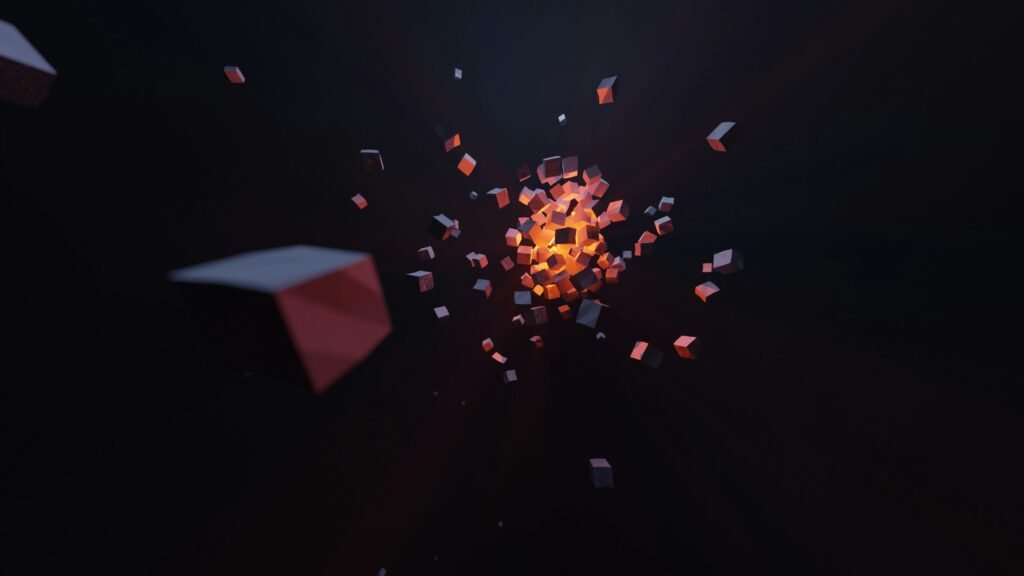Exploring the World of 3D Animation: Techniques, Applications, and Future Trends”
3D animation is a sophisticated and multifaceted technique that has transformed visual storytelling by adding depth, realism, and dynamism to digital content. Unlike traditional 2D animation, which relies on flat images and frames, 3D animation creates lifelike images and environments through the use of three-dimensional models and motion. This approach involves several key stages, including modeling, texturing, rigging, animation, lighting, and rendering, each contributing to the creation of highly detailed and interactive visual experiences.
Techniques and Processes:
Modeling: The first step in 3D animation is creating the digital models of characters, objects, and environments. This involves designing the geometry of these elements using specialized software such as Autodesk Maya or Blender. Models can range from simple shapes to complex structures, and their accuracy and detail are crucial for achieving realism.
Texturing: After modeling, textures are applied to give surfaces realistic appearances. This process involves mapping 2D images, or textures, onto 3D models to simulate details like colors, patterns, and surface properties. Texturing adds depth and realism by providing visual information about how light interacts with surfaces.
Rigging: Rigging involves creating a digital skeleton for 3D models, allowing them to be animated. This step is essential for defining how a character or object moves and deforms. Rigging includes setting up joints, bones, and control handles that animators use to manipulate the model’s movements.
Animation: During the animation phase, the movement and behavior of 3D models are defined. Animators create keyframes to specify important positions and motions of the models at different points in time. In-between frames, or “in-betweens,” are automatically generated by the software to create smooth transitions. This phase requires a deep understanding of movement principles and character performance to create believable animations.
Lighting and Rendering: Lighting is added to simulate how light interacts with the 3D environment, enhancing realism and mood. Rendering is the process of generating the final image or video from the 3D model, incorporating textures, lighting, and shading effects. Rendering can be computationally intensive, especially for complex scenes, and involves generating high-resolution images or sequences.
Applications of 3D Animation:
Entertainment: In film, television, and video games, 3D animation is used to create stunning visual effects, lifelike characters, and immersive worlds. Blockbuster movies and popular games often rely on 3D animation to bring fantastical stories and environments to life.
Advertising and Marketing: 3D animation is used in commercials and promotional materials to showcase products in an engaging and visually striking manner. Animated product demonstrations, explainer videos, and dynamic advertisements capture audience attention and convey complex messages effectively.
Education and Training: Educational content and training simulations benefit from 3D animation by providing interactive and visual explanations of concepts. This approach can illustrate scientific processes, historical events, and technical procedures in a way that enhances understanding and retention.
Virtual Reality (VR) and Augmented Reality (AR): 3D animation plays a crucial role in VR and AR experiences, creating immersive environments and interactive elements that users can explore and interact with. This technology is increasingly used in gaming, simulations, and real-world applications such as virtual tours and training.
Architecture and Design: In architecture and interior design, 3D animation is used to visualize building projects and interior layouts before construction begins. This helps clients and stakeholders better understand the design, make informed decisions, and see how spaces will look and function.
Future Trends:
Real-Time Rendering: Advances in real-time rendering technology are making it possible to create high-quality 3D animations quickly, allowing for more interactive and immersive experiences in gaming, simulations, and live events.
Artificial Intelligence (AI): AI is being integrated into animation workflows to automate certain tasks, such as character rigging and motion capture, and to enhance creative possibilities by generating animations based on data-driven insights.
Virtual Production: The use of virtual production techniques, such as LED walls and real-time compositing, is revolutionizing how 3D animation is integrated with live-action footage, enabling more dynamic and flexible filming environments.
Enhanced Realism: As computing power continues to grow, the potential for even more realistic and detailed 3D animations expands, pushing the boundaries of what can be achieved in terms of visual fidelity and environmental complexity.
In summary, 3D animation is a powerful and versatile medium that spans a wide range of applications, from entertainment to education. Its ability to create realistic, engaging, and interactive content makes it an essential tool in modern media and a field poised for continued innovation and growth.

